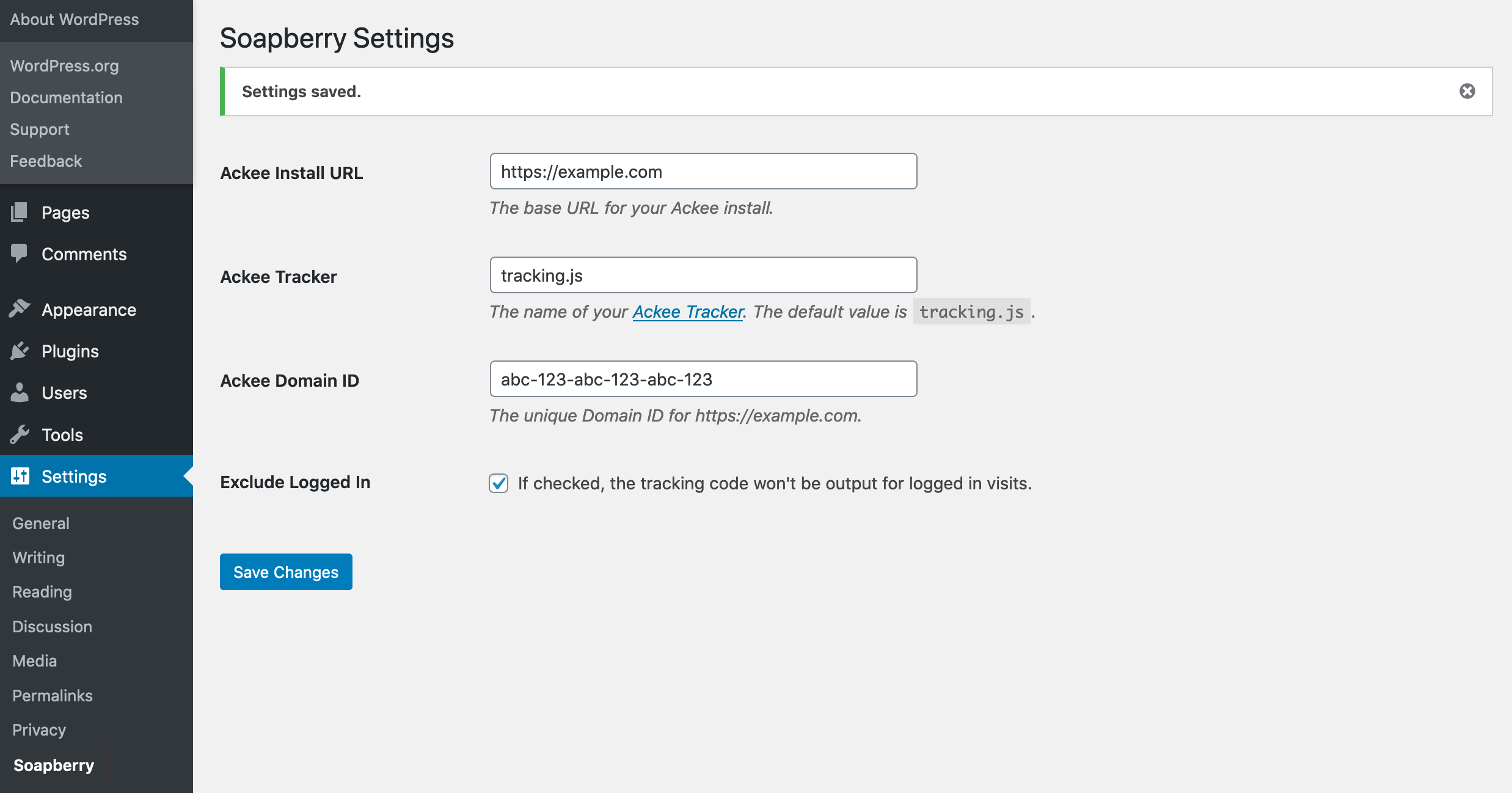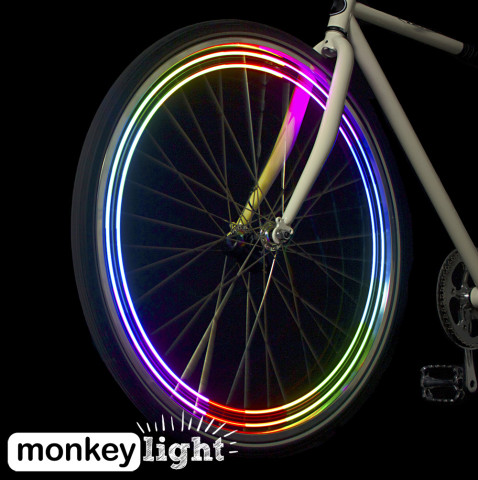This weekend, I decided to finally take the plunge and delete all content in my Twitter account. While deleting the account itself would have been a simpler solution, I have had issues in the past where my former username was used to impersonate me and spam others.
The first search results are for Twitter apps with… questionable… marketing practices. The apps claim to delete up to 500 tweets for free, but don’t actually offer those plans. This is likely in part due to X’s API changes, but nonetheless, I wanted to post about a free way to delete all tweets and remove followers.
Safety First: Request Archive
The first step is to request an archive if there is anything you want to save. Note that it may take a couple of days to prepare your backup. So do this first.
Prepare your console.
For safety, pasting into the browser console is disabled by default in most major browsers like Firefox and Chrome; you may need to type allow pasting to paste JavaScript into the console. This is your reminder to be careful with pasting scripts in general!
Delete All Tweets
Chris Smith’s method of deleting all tweets worked well for me. I had to run it a few times since I had a few thousand tweets. To run the script, you visit /profile while logged in and then run the script in the console.
Remove all Following
The unfollow script worked well, but had a really low rate limit. I had to run the script lots of times, about every 100 followers or so. However, you visit /profile/following/ and run the script.
Remove all Followers
Before I wanted to delete my account, I didn’t even know it was possible to remove followers. This may be a newer feature since I left the site. It should be noted that this doesn’t prevent folks from re-following, but it does help with emptying out an account. If you wanted to prevent refollow, you could block instead of unfollow. To accomplish the unfollow, I vibe-coded this script. I’m sure it could be improved, but it did what I needed it to. Like the remove following script, I did run into rate limits.
In Conclusion
I hope this helps others looking to reduce their Twitter/X footprint.











